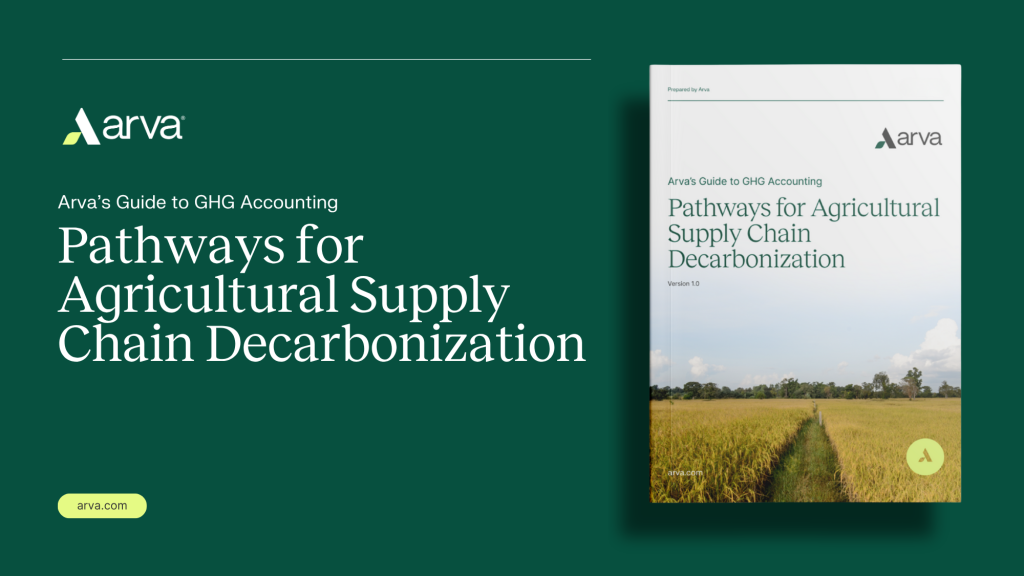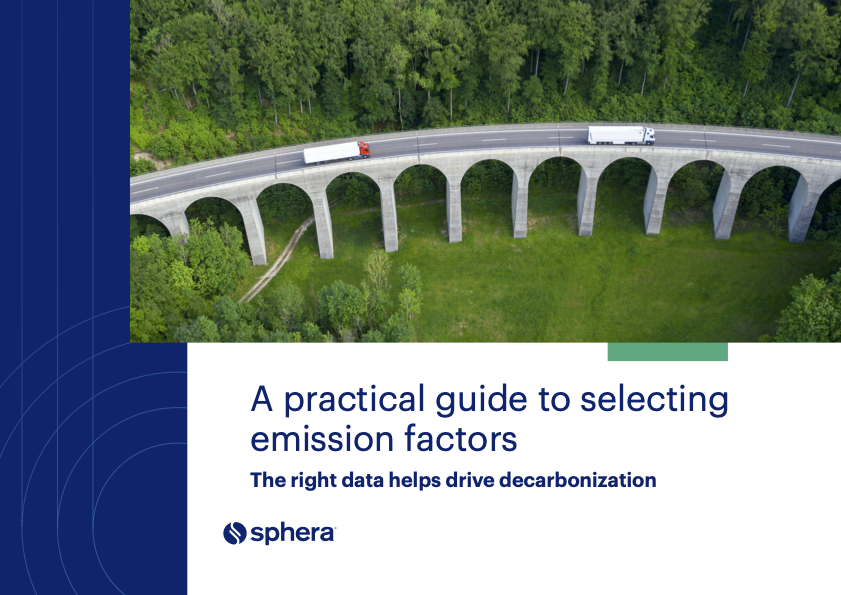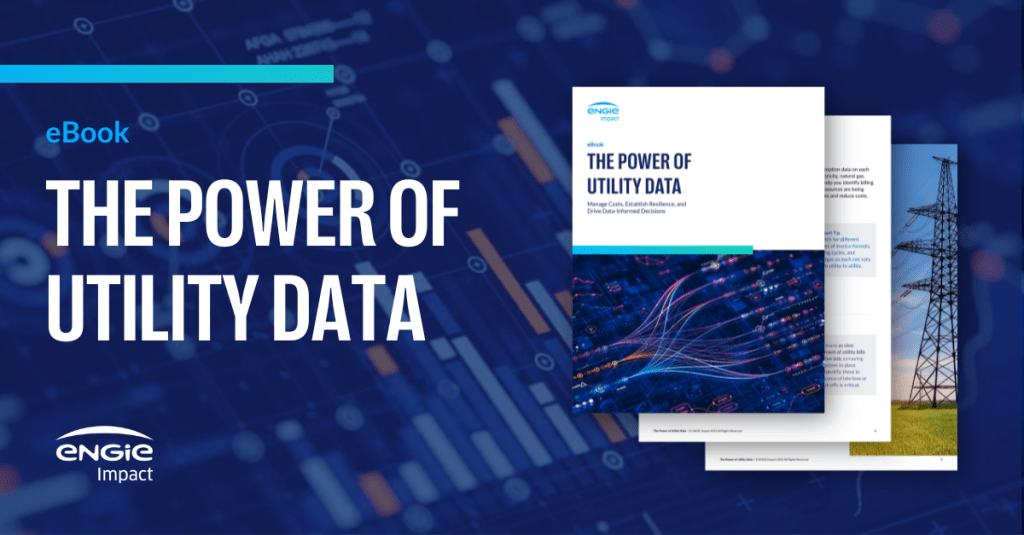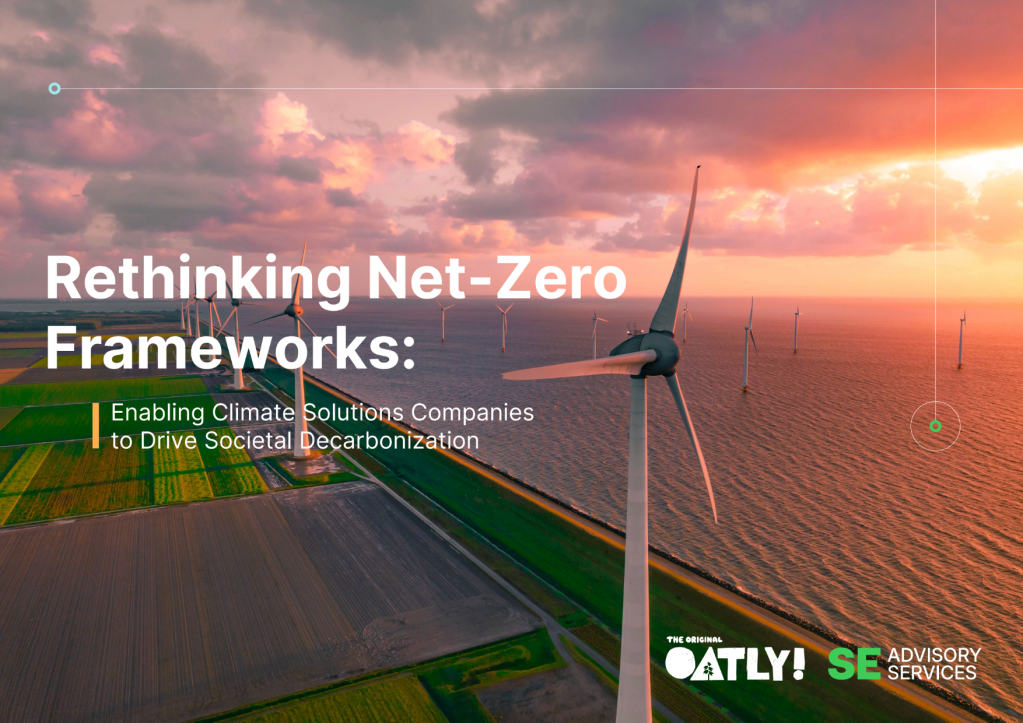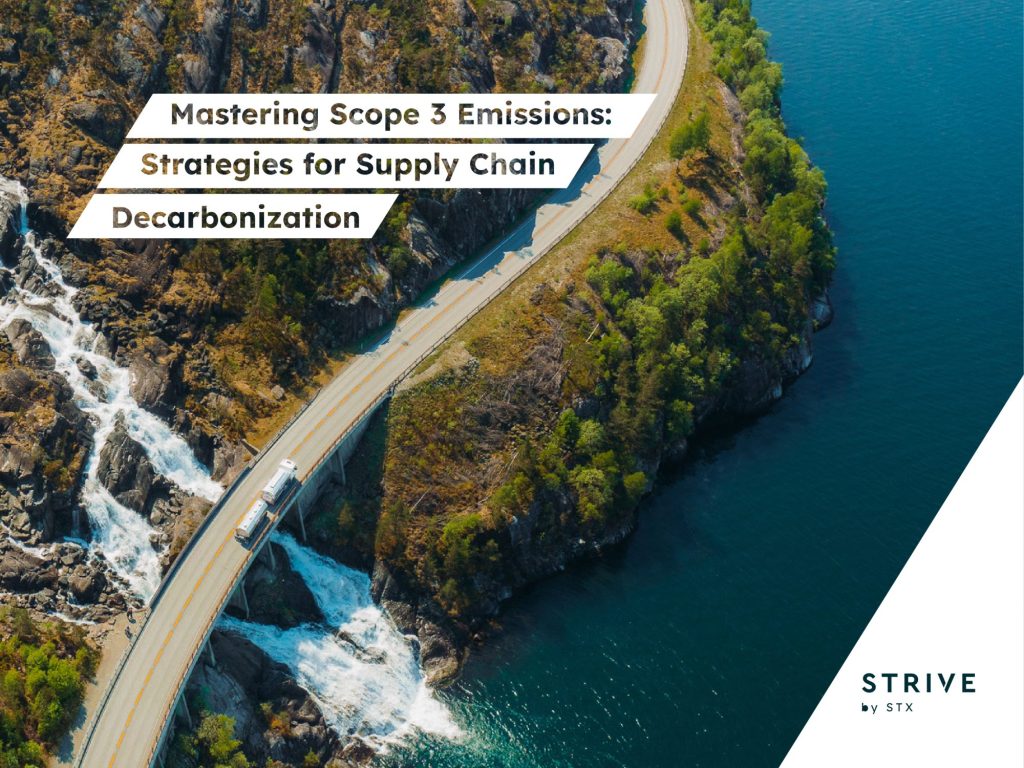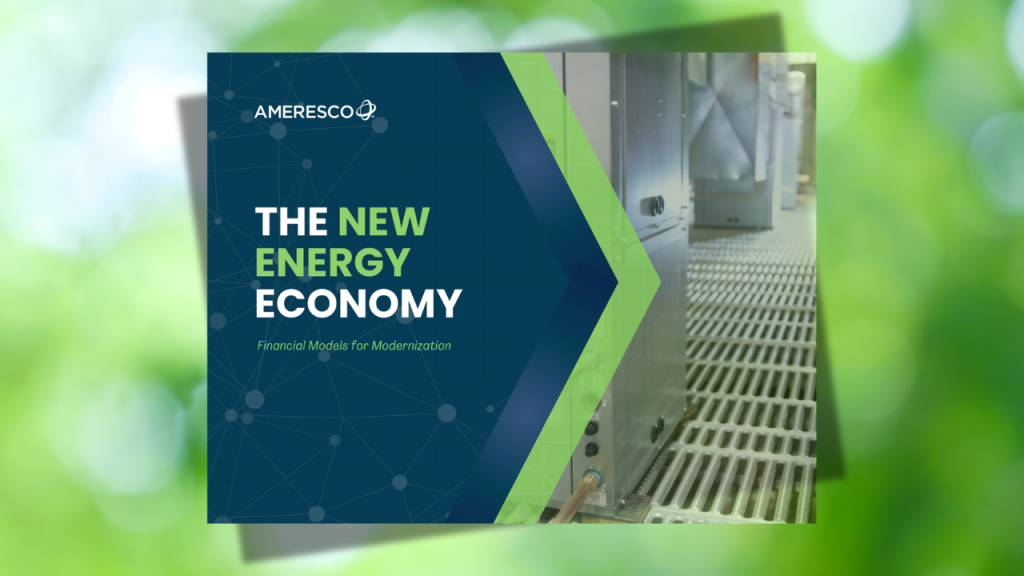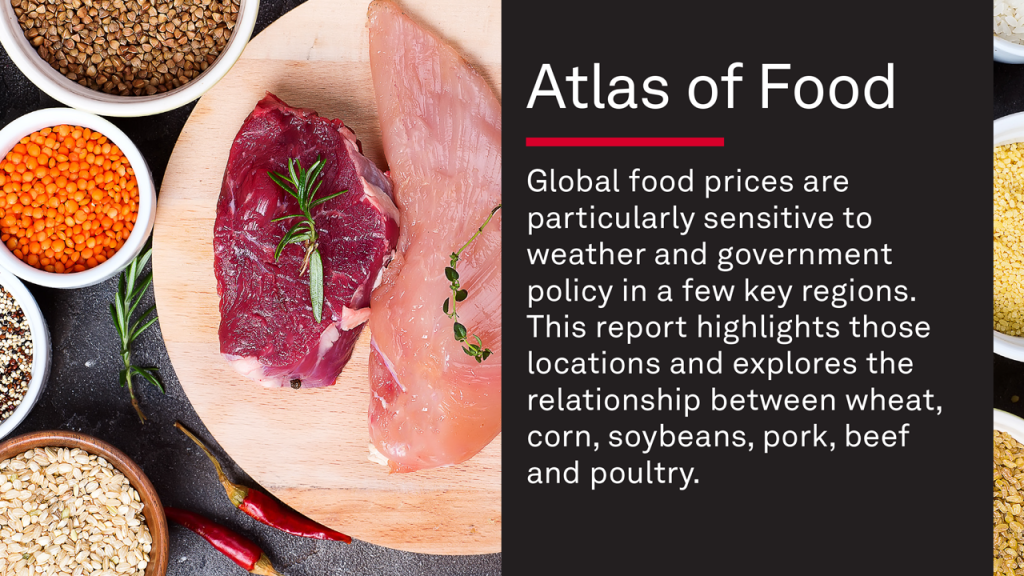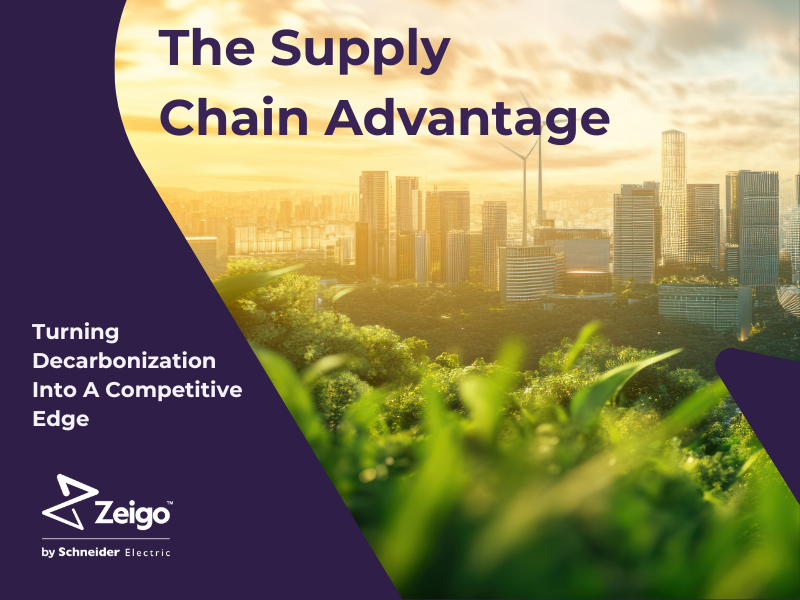How EPDs are driving product innovation at DuPont
Environmental Product Declarations allow DuPont to innovate with maximum impact on decarbonization. Read More
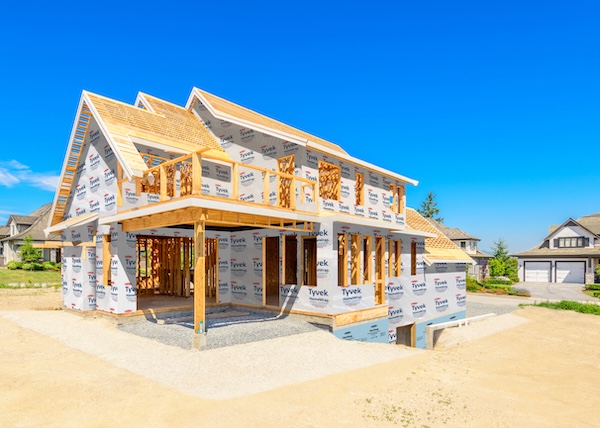
The world is not on track to reduce greenhouse gas emissions at a pace rapid enough to keep temperature increase within the +1.5 degree Celsius limit, and the built environment—which accounts for over 34 percent of global GHG emissions—has a significant role to play.
DuPont, where sustainability is integral to strategy, is tackling this problem through innovation driven by Environmental Product Declarations, or EPDs.
To lower the carbon footprint of a product, it’s first crucial to understand the numbers behind it—and EPDs are the best way to do that.
Calculated through a Life Cycle Assessment (LCA), EPDs have emerged as the standardized way to share a product’s carbon footprint in the building and construction industry.
The process of creating or updating an EPD makes it clear where the carbon hot spots are in a product and therefore informs innovation opportunities DuPont could pursue to reduce that product’s embodied carbon.
“The magic is in crunching the numbers,” said Global Sustainability Director, DuPont Performance Building Solutions & Corian® Design, Shawn Hunter. He said that the company is looking for those “big levers:” the biggest innovation opportunities to reduce a product’s embodied carbon.
EPDs help companies like DuPont identify the changes that will have the most significant impact.
“The numbers matter,” Hunter said. “If you’re able to pair your decarbonization intentions with really good analysis and informed decisions, then you know you’re going to be actually driving the greatest impact. It’s pairing a decarbonization intention, which we know needs to happen much faster than it actually is, with a tool that can guide those decisions.”
Through the process of getting an EPD, DuPont found three big levers it can use to reduce embodied carbon in its products:
- Purchasing renewable energy credits (RECs)
- Changing the raw material used in the product
- Exploring alternative energy sources
These insights have led to product innovation. Take Tyvek® HomeWrap: Through the LCA, DuPont realized that the company could reduce the product’s overall embodied carbon by considering the above levers.
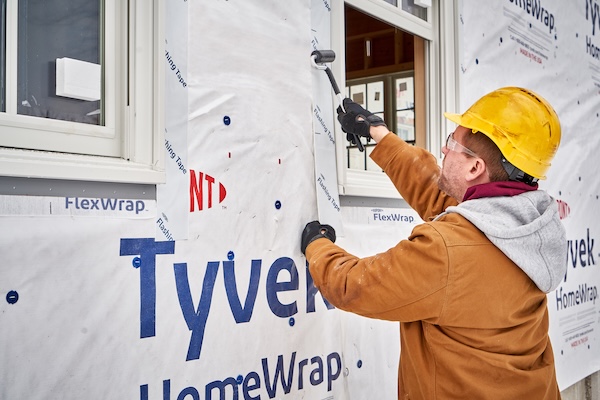
“We now have the ability to apply a renewably attributed raw material to the Tyvek, and we can understand how that will impact the embodied carbon,” Hunter said, adding that they have been able to do the same with REC purchases for Tyvek® HomeWrap.
The Tyvek® HomeWrap’s updated EPD has just been released. The new EPD demonstrates that the embodied carbon of Tyvek® HomeWrap is about 7 percent lower as a result of purchasing the RECs. Building on this progress, DuPont is exploring the opportunity to offer a raw material decarbonization opportunity to customers who may be interested in a renewably attributed solution.
The demand for EPDs is rising: Not only will increased regulations in places like California and Europe require EPDs, but both companies like DuPont and homebuilders like Taylor Morrison want to understand the carbon footprint of the products they are using so that they can achieve future reduction goals.
“We’ve been doing our greenhouse gas inventory for a couple of years now, and it’s just something that we want to continually get better at,” said Taylor Morrison Director of Sustainability Chad Eby. “It’s important to have a good baseline, because you can’t improve what you’re not measuring.”
Not only can EPDs provide these numbers, but they drive innovation along the way so that DuPont’s products can further support the building industry in its decarbonization journey.

Subscribe to Trellis Briefing
Featured Reports

The Premier Event for Sustainable Business Leaders





